Buy the photo Polar bear on the coast of Svalbard II by Kai Müller on canvas, ArtFrame, poster and wallpaper, printed on demand in high quality.
About "Polar bear on the coast of Svalbard II"
by Kai Müller
About the artwork
The fur of polar bears appears white or pale yellowish and has no other markings. However, both the outer hairs and the undercoat hairs are actually translucent. After a meal, the polar bears' fur is often blood-stained and oily. The outer hairs are hollow. This creates an insulating air cushion in the polar bears' fur. The summer coat is shorter than the winter coat. The skin is black. So it absorbs solar energy well. Under the skin there is a layer of fat about ten centimetres thick to protect the body temperature in icy cold. Polar bears, like all bears, are sole walkers. The tread of the front paw shows about half of the sole as well as five toes and five claw marks. The tread of the hind paw often shows the whole sole as well as five toes and five claw marks. The polar bears' claws are shorter and more curved than those of brown bears and serve as spikes on smooth surfaces. In addition, the strong hairiness of the soles of the feet reduces the danger of slipping. The numerous small, soft papillae under the feet, which function like small suction cups, also support the grip on the ground. The paws, which can be up to 30 centimetres wide, act like snowshoes in deep snow, improve weight distribution on fragile ice and serve as paddles when swimming. To protect their eyes from damage caused by strong UV radiation and snow blindness, polar bears have

About Kai Müller
For as long as I can remember I have always been drawn to the beauty of the environment and the wild spirit of wildlife. However, my love for nature and wildlife photography began a few years back after a series of travels coupled with my studies in design. .. Read more…
 Netherlands
Netherlands Ordered in January 2024
Ordered in January 2024
 Netherlands
Netherlands Ordered in June 2021
Ordered in June 2021
 Netherlands
Netherlands Ordered in December 2024
Ordered in December 2024
 Netherlands
Netherlands Ordered in February 2019
Ordered in February 2019
 Germany
Germany Ordered in October 2021
Ordered in October 2021
 Germany
Germany Ordered in September 2022
Ordered in September 2022
 Germany
Germany Ordered in May 2020
Ordered in May 2020
 Netherlands
Netherlands Ordered in October 2021
Ordered in October 2021
 Netherlands
Netherlands Ordered in September 2021
Ordered in September 2021
 Germany
Germany Ordered in July 2021
Ordered in July 2021
 Germany
Germany Ordered in March 2024
Ordered in March 2024
 Germany
Germany Ordered in December 2019
Ordered in December 2019
About the material
ArtFrame™
Interchangeable Art Prints
- High-quality print
- Easily interchangeable
- Acoustic function
- Large sizes available
Discover the artworks of Kai Müller
 Reindeer herd in Pasvik National ParkKai Müller
Reindeer herd in Pasvik National ParkKai Müller Northern Lights Panorama LofotenKai Müller
Northern Lights Panorama LofotenKai Müller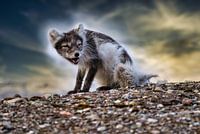 Polar FoxKai Müller
Polar FoxKai Müller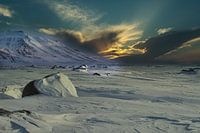 AgardhbuktaKai Müller
AgardhbuktaKai Müller Paulabreen SvalbardKai Müller
Paulabreen SvalbardKai Müller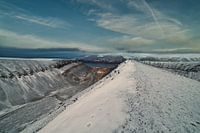 Longyearbyen photographed from the mountain SarkofagenKai Müller
Longyearbyen photographed from the mountain SarkofagenKai Müller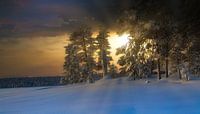 Evening atmosphere in Pasvik National ParkKai Müller
Evening atmosphere in Pasvik National ParkKai Müller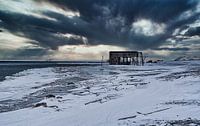 Hiorthamn SvalbardKai Müller
Hiorthamn SvalbardKai Müller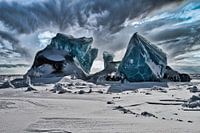 Pack ice in the AsgardbuktaKai Müller
Pack ice in the AsgardbuktaKai Müller Reindeer herd in Pasvik National ParkKai Müller
Reindeer herd in Pasvik National ParkKai Müller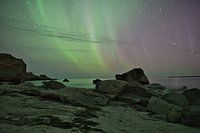 Uttakleiv on the Lofoten under the northern lightsKai Müller
Uttakleiv on the Lofoten under the northern lightsKai Müller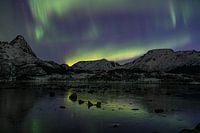 Aurora Borealis before the mountainsKai Müller
Aurora Borealis before the mountainsKai Müller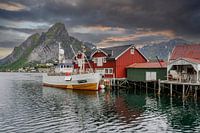 WhalersKai Müller
WhalersKai Müller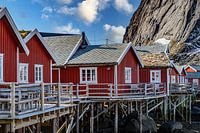 Reine LofotenKai Müller
Reine LofotenKai Müller Northern lights over the lighthouse of SlettnesKai Müller
Northern lights over the lighthouse of SlettnesKai Müller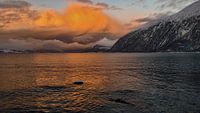 Sommarøy in the winter evening lightKai Müller
Sommarøy in the winter evening lightKai Müller Giant Iceberg Antarctic PeninsulaKai Müller
Giant Iceberg Antarctic PeninsulaKai Müller Drift ice in the AntarcticKai Müller
Drift ice in the AntarcticKai Müller HallingskeidKai Müller
HallingskeidKai Müller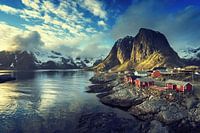 Lofoten ReineKai Müller
Lofoten ReineKai Müller
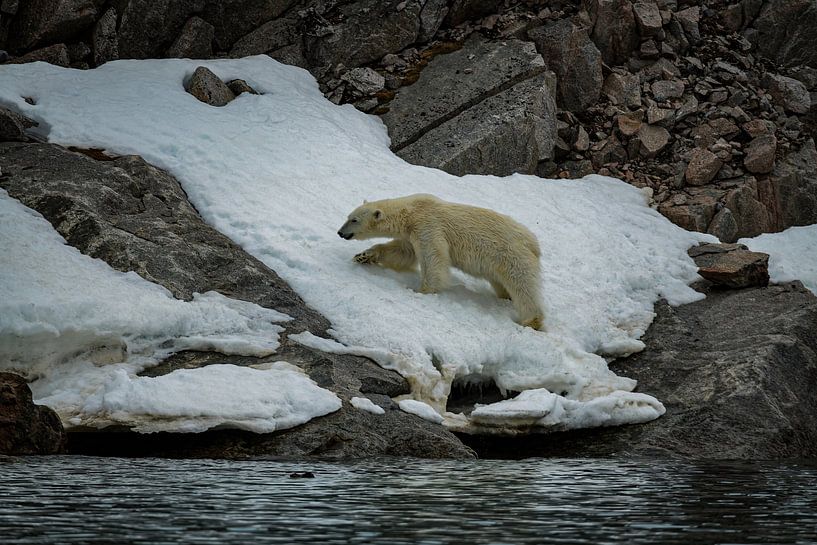


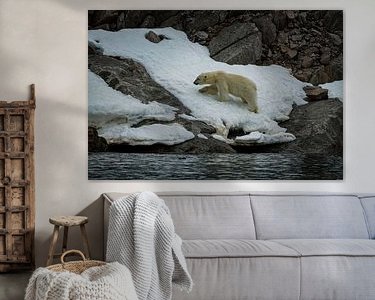









 Bear
Bear Photo wallpaper
Photo wallpaper Photography
Photography Powerful Expression
Powerful Expression Serene Peace
Serene Peace Spitsbergen
Spitsbergen









